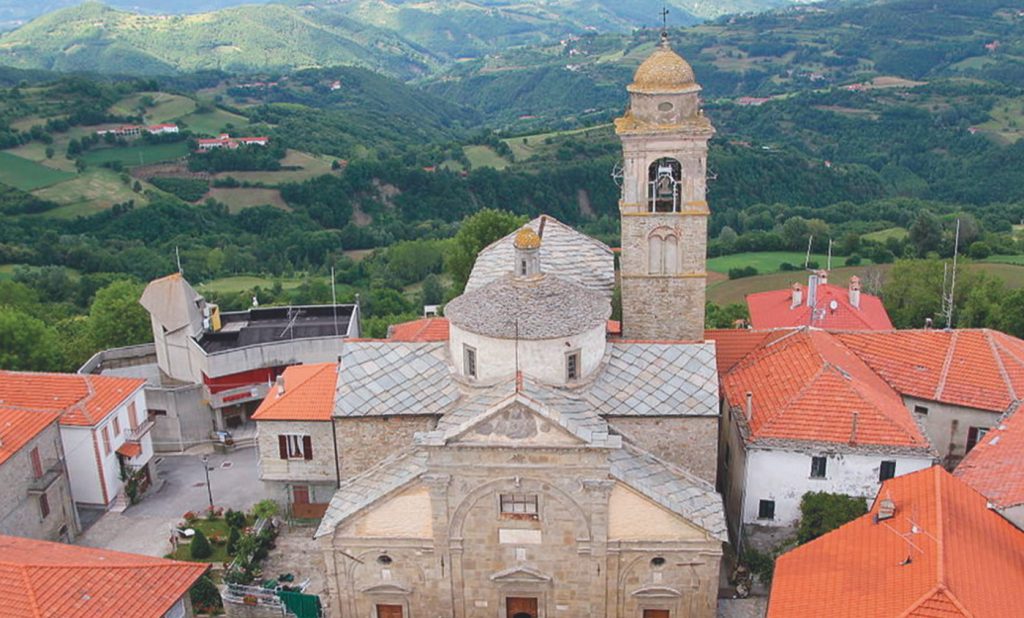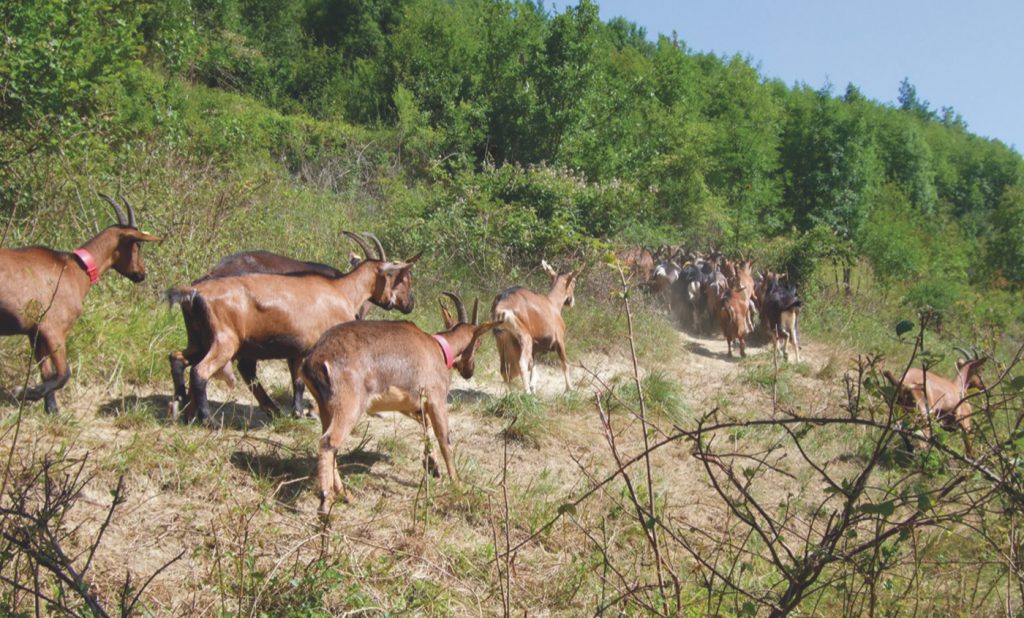The Production Area
The production area of Roccaverano PDO includes 10 municipalities in the province of Asti (Bubbio, Cessole, Loazzolo, Mombaldone, Monastero Bormida, Olmo Gentile, Roccaverano, San Giorgio
Scarampi, Serole, Vesime), and 9 municipalities in the province of Alessandria (Cartosio, Castelletto d’Erro, Denice,
Malvicino, Merana, Montechiaro d’Acqui, Pareto, Ponti, Spigno), in the easternmost area of Langhe, in Piedmont (located northwest of Italy).


Characteristics of the Territory
Characteristics of the Territory
The production area of Roccaverano PDO is characterized by a changing morphology, from the hills of Langa di Roccaverano and Val Bormida to the mountainous area of Valle Erro.
Langa Astigiana and Val Bormida are made up of clayey, arenaceous or limestone sedimentary rocks. These rocks can be easily modelled by atmospheric agents, which give the landscape a gentle and relaxing aspect. Along the uncultivated and semi-bare slopes, shrubs and bramble bushes are suitable for grazing goats.
In Valle Erro, especially in its upper part, the landscape is often rough and harsh due to metamorphic rocks, i.e. the so-called “green rocks” (ophiolite). Over the whole area of Roccaverano PDO, humid winds blow from the sea, as well as fog and mist. In winter, humidity can lead to intense snowfalls, while in summer severe droughts are often experienced, and small streams dry out. According to the season, the flocks produce milk with different scents, which can be appreciated by expert tasters. Sainfoin, for example, is a herb that makes Roccaverano pdo sweet, usually appreciated by cheesemakers. Some pastures are sown to harvest fodder to be dried out and stored for winter.
